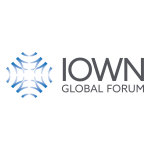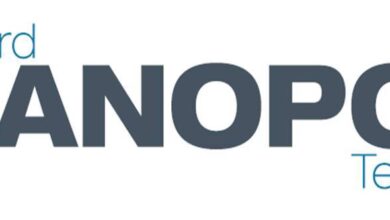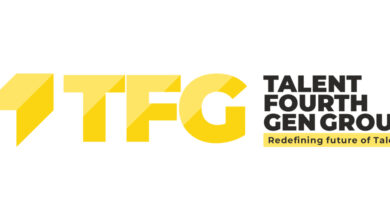IOWN Global Forum Releases A Six Reference Document “Starter Pack” for Creating an Intelligent, Energy-Efficient All-Photonics Data and Communications Architecture

Reference Documents Will Be Featured at the IOWN Global Forum Member Meeting Feb. 15-17, 2022
WAKEFIELD, Mass.–(BUSINESS WIRE)–#iown–The Innovative Optical and Wireless Network Global Forum (IOWN Global Forum) has released six technology reference documents, in support of its goal to provide reliable, high-speed, low-latency data and communications paths using an all-optical data transport architecture. The reference documents focus on methodologies for the provisioning of data and communications paths along with computing improvements which are designed to deliver more energy-efficient ways of routing network traffic than what is available today.
“Today’s world is experiencing faster than ever data growth, thanks to advancements in communication and computing technologies,” said Katsuhiko Kawazoe, Ph.D., President and Chairperson of the board, IOWN Global Forum. “However, the evolution of sensing/capture technologies suggests that their critical requirements will be much higher than is achievable with existing technologies. Moving forward, another quantum leap in computing and communication capabilities is needed to move the world into a new era of growth.”
The newly released “starter packs” cover the following areas:
Open All-Photonic Network (APN) Functional Architecture. The Open APN expands existing network communications paths such as local area networks (LANs), access networks, and inter-data-center networks, with a direct optical communication path that spans multiple segments and allows end-to-end communication with deterministic performance.
Data-Centric Infrastructure (DCI) Functional Architecture. The DCI subsystem provides applications with a distributed, heterogeneous, end-to-end computing and networking environment across clouds, edges and customer premises. The DCI is designed to enable service providers with the tools needed to build and flexibly place data pipelines, including data processing and storage functions, while dynamically selecting data transfer and network protocols on a pipe-by-pipe basis.
Data Hub Functional Architecture. This data management and sharing infrastructure enables fast and trusted data processing, usage and exchange among multiple parties or locations. This architecture sits on top of the DCI architecture and supports APIs that are functionally compatible with those of well-adopted services, such as Apache Kafka/Pulsar, AWS S3 and SQL. The Data Hub Functional Architecture provides unified secure access to its internal storage as well as the data that each organization keeps on-premises or in the cloud.
Fiber Sensing for Open APN. Fiber-optic sensing has many advantages over conventional sensors, including the ability to extend sensing range to hundreds of kilometers; reduced latency, size and weight; the ability to operate outside of line-of-site and immunity to electromagnetic interference. Distributed Fiber Optics Sending (DFOS) technology performs multi-point, real-time and continuous measurement of changing environmental conditions, such as temperature, strain and vibration (including acoustic) along the entire fiber optic cable.
Technical Outlook for Mobile Networks Using IOWN Technology. Emerging mobile technologies such as massive MIMO, dynamic spectrum sharing and mmWave wide spectrum deliver high data rates to enable video-centric, latency-sensitive applications such as remote surgery, AR/VR and industrial automation. To render these use cases possible, the reference documents for the IOWN Global Forum APN architecture allow implementers of the reference designs to address new requirements for handling capacity, reliability and availability in next generation networks.
Reference Implementation Model (RIM) for the Area Management Security Use Case. The RIM-TF oversees the Cyber-Physical System (CPS) Use Case and Artificial Intelligence-Integrated Communications (AIC) Use Case defined in 3.2.4 of the IOWN Global Forum System and Technology Outlook Report issued April 14, 2021. The RIM-TF produced reference document describes an IOWN Global Forum end-to-end system that will meet the requirements of a target use case. The reference design also aims to demonstrate many of the benefits of the IOWN Global Forum architecture and technology over today’s cloud-based implementations.
The reference documents will be introduced in detail at the next IOWN Global Forum Member Meeting, a virtual event scheduled for Feb. 15-17, 2022. Membership in IOWN Global Forum is required for attendance.
To learn more about IOWN Global Forum, please see the white papers and videos.
About IOWN Global Forum
IOWN Global Forum’s objective is to accelerate innovation and adoption of a new communication infrastructure to meet our future data and computing requirements through the development of new technologies, frameworks, specifications and reference designs in areas such as photonics R&D, distributed computing, and use cases and best practices. Details on IOWN Global Forum and membership information can be found at: https://www.iowngf.org.
Contacts
Mike McCamon, IOWN Global Forum Public Relations
[email protected]




